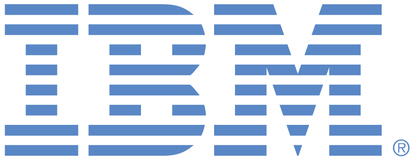
This is an IBM Automation portal for Integration products. To view all of your ideas submitted to IBM, create and manage groups of Ideas, or create an idea explicitly set to be either visible by all (public) or visible only to you and IBM (private), use the IBM Unified Ideas Portal (https://ideas.ibm.com).
Shape the future of IBM!
We invite you to shape the future of IBM, including product roadmaps, by submitting ideas that matter to you the most. Here's how it works:
Search existing ideas
Start by searching and reviewing ideas and requests to enhance a product or service. Take a look at ideas others have posted, and add a comment, vote, or subscribe to updates on them if they matter to you. If you can't find what you are looking for,
Post your ideas
Post an idea.
Get feedback from the IBM team and other customers to refine your idea.
Follow the idea through the IBM Ideas process.
Specific links you will want to bookmark for future use
Welcome to the IBM Ideas Portal (https://www.ibm.com/ideas) - Use this site to find out additional information and details about the IBM Ideas process and statuses.
IBM Unified Ideas Portal (https://ideas.ibm.com) - Use this site to view all of your ideas, create new ideas for any IBM product, or search for ideas across all of IBM.
ideasibm@us.ibm.com - Use this email to suggest enhancements to the Ideas process or request help from IBM for submitting your Ideas.

quorum/external controller to ensure workers/MQ nodes don't go into split brain and all start offering MQ service . Preference is for it to be handled within MQ so that no additional software components are required which just adds complexity.
Option 2 or 3 look best; Voting/controller nodes that can be used for multiple QMs would be efficient - potentially extendable to manage other MQ deployments ( appliances ?).
Is option 4 looks to be an extension - gives ability to keep running in 1 Availability Zone if single MQ worker node fails.
5. Maintain software based replication that does not depend on external hardware or software solutions (e.g DRBD)
Proposal in short is similar to RDQM DR, but replication in MQ instances (not DRBD) and leader actively managed through some external quorum solution